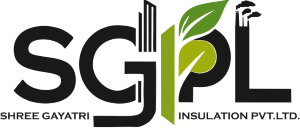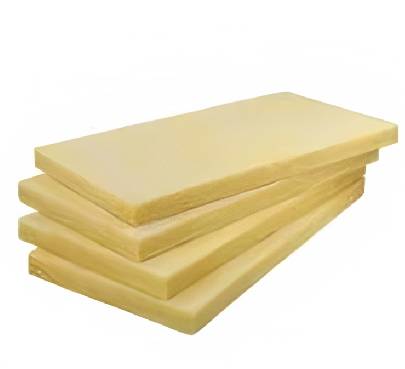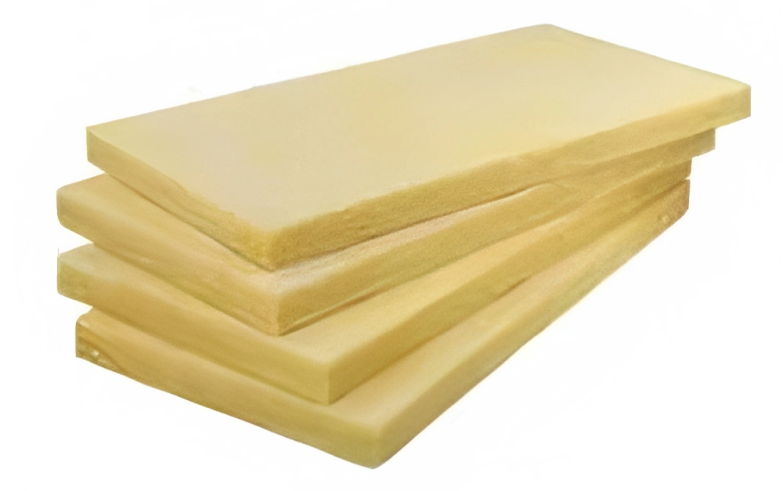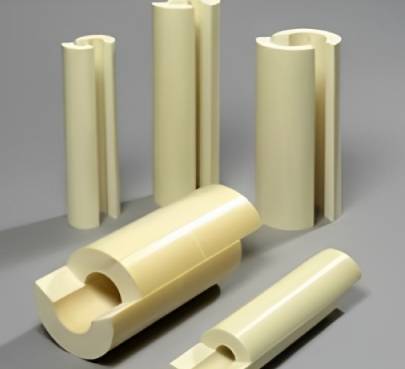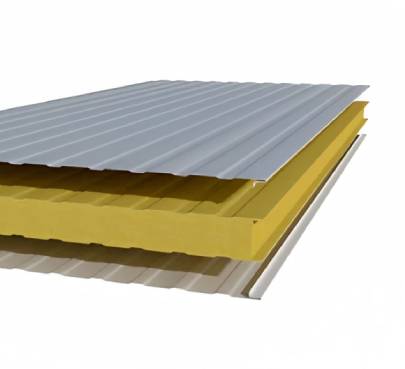Puff Sheet
Description: A puff sheet, also known as a puff insulation sheet or puff insulation blanket, is a type of insulation material designed to provide thermal insulation in various applications. It is composed of multiple layers of materials that work together to create an effective barrier against heat transfer.
| Parameter | Value |
| Density in (Kg/M3) | 36 to 40 Kg/M3 |
| Thickness in mm Block | 15 – 300 |
| Dimensions | 1 Mt L X 0.5 mt W |
| Temperature Range | – 40 0C to 110 0 C |
| Thermal Conductivity (W/mk) | 0.021 @ 10 Deg C |
| Compressive strength | 205 kN/m2 |
| Water absorption | 0.5 % by volume |
| Water vapor permeability | 5.5 max (ng/Pa-s-m) |
Applications
- Residential Buildings: Puff insulation sheets can be used in walls, roofs, and floors of residential buildings to improve energy efficiency and provide better thermal comfort.
- Commercial Buildings: They are used in commercial structures like offices, malls, and warehouses to regulate indoor temperatures and reduce energy consumption.
- Industrial Settings: Puff insulation sheets find applications in industrial settings to insulate equipment, pipes, tanks, and other infrastructure, helping to maintain consistent process temperatures and conserve energy.
- Automotive Industry: These sheets can be employed in the automotive industry for insulating vehicle interiors, engine compartments, and other components to enhance cabin comfort and improve overall efficiency.
- HVAC Systems: Puff insulation sheets are utilized in heating, ventilation, and air conditioning (HVAC) systems to prevent heat loss or gain through ducts and pipes.
- Cold Storage: They are used in cold storage facilities to maintain controlled temperatures and reduce energy consumption.
- Agricultural Applications: Puff insulation sheets can be used in agricultural settings such as greenhouses to regulate temperature and create optimal growing conditions.
- Electronic Devices: In some cases, puff sheets are employed to insulate electronic devices and components, protecting them from temperature fluctuations.
Advantages
- High Thermal Resistance: Puff sheets offer excellent thermal resistance, meaning they effectively resist the transfer of heat. This property helps maintain a stable temperature differential between the inside and outside environments.
- Lightweight: Puff sheets are relatively lightweight compared to some other types of insulation materials, making them easier to handle and install.
- Flexible and Easy to Install: These sheets are often flexible and can be easily cut, shaped, and installed in different spaces, including curved surfaces and irregular shapes.
- Low Thermal Conductivity: Puff insulation sheets have low thermal conductivity, which means they minimize the flow of heat through the material. This helps in conserving energy and reducing heat loss or gain.
- Non-toxic and Environmentally Friendly: Many puff insulation sheets are manufactured using environmentally friendly materials that are free from harmful chemicals, making them safe for both human health and the environment.
- Moisture Resistance: Some types of puff insulation sheets also have inherent moisture resistance properties, helping to prevent the accumulation of moisture and the potential for mold growth.
- Durable: These sheets are often designed to be durable and long-lasting, providing insulation benefits over an extended period.
